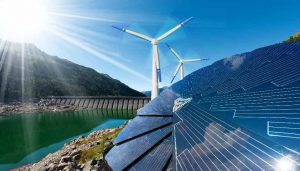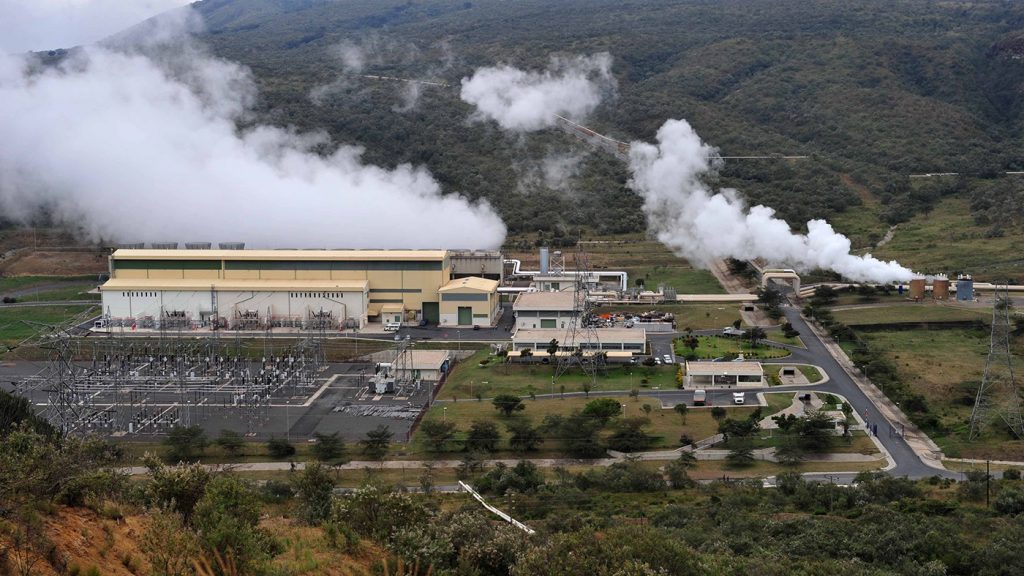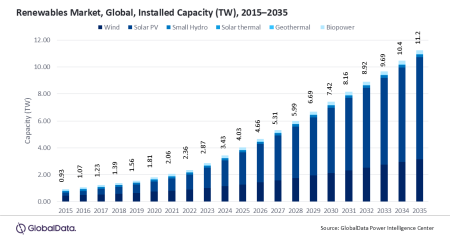
Tokyo — Japan wants renewable energy to account for up to 50% of its electricity mix by fiscal year 2040 with nuclear power taking up another 20%, according to a draft of its revised basic energy policy, as it makes a clean energy push while meeting rising power demand.
As the world’s second-largest importer of liquefied natural gas and a major consumer of Middle Eastern oil, Japan and its basic energy plans are drawing global attention from oil, gas and coal producers.
While the previous energy plan’s primary focus was decarbonisation, it has shifted greater attention to energy security given heightened geopolitical risks, including the Russia-Ukraine war.
The industry ministry’s policy draft, unveiled on Tuesday, proposes increasing renewables to between 40% and 50% of power supplies in the 2040 fiscal year, roughly doubling the 22.9% share in the 2023 fiscal year and exceeding the 2030 target of between 36% and 38%.
Thermal power usage, particularly from inefficient coal-fired power plants, is set to decrease to between 30% and 40% of the mix by 2040 from 68.6% in 2023, although the draft energy policy does not specify the breakdown of coal, gas and oil.
Advocates for renewable energy have criticised the draft, however, noting the lack of a roadmap for phasing out coal-fired power.
Mika Ohbayashi, a director at the Renewable Energy Institute, also pointed to the small target share for wind power, between 4% and 8%, compared with 20% for nuclear. That could leave Japan lagging in wind power compared with other markets worldwide.
The draft also called for the government and the private sector to secure long-term LNG contracts to hedge against price hikes and supply disruption risks.
“It is necessary to utilise LNG-fired power as a realistic means of transition,” it said.
Japan’s 2040 nuclear power target is in line with the 2030 target of between 20% and 22%, despite the challenges faced by the industry after the 2011 Fukushima disaster. Nuclear power accounted for 8.5% of the country’s power supply in 2023.
The new energy plan removes the previous target of “reducing reliance on nuclear power as much as possible” and includes plans to build innovative next-generation reactors at nuclear power sites owned by operators who have decided to decommission existing reactors.
The 2040 forecasts assume an increase in electricity demand of between 12% and 22% from 2023 levels, particularly from semiconductor factories and data centres. All targets are provisional.
The new proposed energy plan is more realistic than the existing targets through 2030, some analysts say, indicating that the government wants to attract investments in renewable energy, including storage batteries, and keep LNG as a transition fuel.
“The government has finally realised that nuclear power is important because it can provide the country with affordable energy and stable load, and data centres need energy 24/7. Nuclear power and data centres go well together,” said Naomi Oshita, a power market associate with Wood Mackenzie’s Asia Pacific power and renewables team.
Although the existing energy plan to 2030 aims for new fuels such as hydrogen and ammonia to comprise about 1% of the electricity mix, the updated plan omits specific targets for them.
A joint meeting of the industry and environment ministries last month unveiled a draft strategy that calls for a 60% cut in greenhouse gas emissions by 2035 and a 73% cut by 2040 as a “linear pathway” to net zero by 2050.
A finalised version of the greenhouse emissions strategy will be submitted to the United Nations in February.
The energy plan is expected to be finalised and approved by the cabinet early next year.
Reporting by Yuka Obayashi and Katya Golubkova; Editing by Nicholas Yong and Edmund Klamann – Reuters



